Interview – Martine Rose AW17
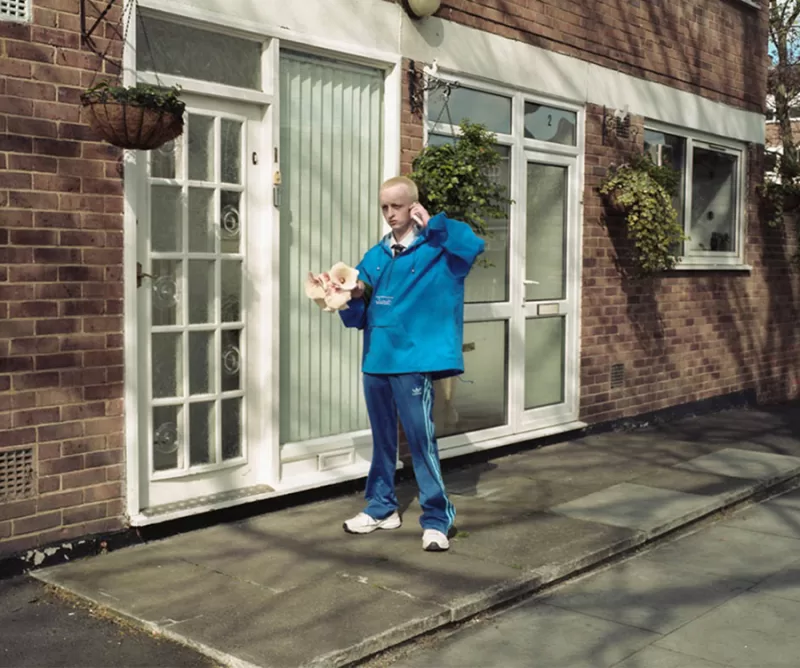
I got interested in fashion through music so they’ve always been inseparable, they’re the best bedfellows
An anti-establishmentarian who thrives on juxtaposition and provocation, menswear designer Martine Rose puts on the ultimate show. But a fashion show the Martine Rose way is not your average runway performance. Far removed from the old-school fashion structure, the Londoner’s creative vision has seen her unveil her collections through almost every off-kilter means possible. She’s favoured a turn-table and instillation on the catwalk, a short film, lookbook and a Tottenham indoor food market for a backdrop – all which have earned her the reputation as a boundary-pushing innovator.
Hailed as the ‘unsung hero of British menswear’, it is her originality, experimental attitude and exploration of masculinity through subcultures that really sets her apart. Since her 2007 debut at Soho’s private members’ club Blacks right up to her latest catwalk (and first since SS13), the designer has made it her intention to get people thinking and inspire a thought or feeling. Working alongside a family of inspiring collaborators and to her own cues, it is exactly this she has done.
In keeping with the theme of performance for our fashion issue, here we quiz the designer on the aspect of performance in the Martine Rose world; from her formative years spent raving it up in her sisters Jean Paul Gaultier, to the subverted archetypal male characters that made up the cast of this season.
I know you’re interested in showing through loads of different ways; you’ve shown via film, lookbooks and installations on the catwalk. Did you always know you wanted to take a different approach and showing outside of the traditional format?
No, not really. I didn’t. It’s been a big learning curve. When I first started the label I don’t think I had a really clear vision of who I was; what sort of designer I was; or how I wanted to do it. I just knew that I wanted to do it and I’ve sort of learned along the way for what’s been right for me and that’s sort of been instinct really. It wasn’t really like a plan, it evolved into something that felt right.
Has it been a challenging ride?
It’s been problematic for sure – not really problematic for me, well, it’s definitely a longer way of doing things in a way. It’s definitely a longer way of doing things as it’s less commercial in terms of visibility and all of that side, so therefore it’s taken a while for people to get on board so I guess it’s only been a problem for me in that sense. A problem is not the right description of it really, because it’s turned out to be absolutely the right thing for me to do and the label.
What about the fashion system itself, did you find it problematic starting out?
It just seemed ridiculous, I had no money. I certainly wasn’t willing to compromise the design in order to be more commercial so I could get more sponsorship in order to get a show. That just seemed weird to me, it didn’t make sense. It was more of a needs-must situation, I had a collection to show and I needed a way to show it and I couldn’t afford a show.
Sure and that ties in with your thoughts on the way the viewer interacts with your work. You’ve said that the way the consumer interacts with your presentations is completely different to that of a runway show, is it important to you?
I just find it important to get people to think. Understandably when anyone does anything – the same thing over and over again – you just get into the zone which doesn’t require much thought and I always want to provoke. I didn’t want my show to be one of the millions, that it inevitably is for editors and buyers when they have to go to all of these shows every season. I wanted to inspire a different response, or thought or feeling in people when they came to see my clothes and that meant being creative; even in the seating, it could be really simple.

So what have been some of the responses you’ve had to your shows?
I mean, I’ve got hate mail and hate emails from people.
Oh god, what was that from?
That was AW13, that was the beer mat towels collection. I think at that point people really hadn’t caught on to the silhouette for the start or the vibe, they really didn’t get the beer mat style stuff; It was still with the wide silhouettes. It was the season where I only had three models and we built this whole sort of set where people were supposed to come, interact, walk around and we had a wall which I built with Poppy Bartlett, who’s David Simms’ set designer. It was an enormous project, the problem was the space we had been given was a runway so when people came in they just sat down and expected a runway and what happened is we ended up doing a 25-look show on three boys, it was insane and we had the turn table at the end. It was a huge learning curve for me. As it happens now it’s one of the shows that people remember the most, that is most spoken about and in fact has come to define my label to some degree, but at the time traumatic isn’t even the word, it was a nightmare. People really didn’t get it and like I said I got lots of people hate, you know there was no front row because people weren’t supposed to sit down, so the editors were really pissed off. I messed up the whole system.
I certainly wasn’t willing to compromise the design in order to be more commercial so I could get more sponsorship in order to get a show. That just seemed weird to me, it didn’t make sense
Well, I know this season was your first runway since then. Can you tell me a little bit about the location and performance elements of this show?
Exactly, I hadn’t done a catwalk show since SS13, that was my last one. This just felt the right time to do a show definitely fitted with the collection and the themes of the collection and I had a venue. Really the venue sort of came first in a way, and it’s now 10 years I’ve had my studio in Tottenham, well Seven Sisters/Tottenham, and the Seven Sisters indoor market is somewhere where we’ve been going for 10 years – you can go somewhere for years and it doesn’t connect then all of a sudden, you’re like god, this would be a good place to do a show so we decided to approach the stall holders and they were really excited about it. I know I couldn’t do it when the market was open, so I asked the stall holders to open outside of hours, but I really wanted people to have a sense of what the market was like, as a living/breathing space because it is a living/breathing space, quite literally it is the heart of the South American community in North London. I asked the stall holders to make food, I asked people to make hair appointments, I asked people to make nail appointments, so it’s almost like a set, a set you could never build in a way, so they could really get a good feeling about the market as a living/breathing space. It was fun. I think the vibe was, mainly for me, it was the feeling, I wanted the feeling to be fun and to feel different and to challenge people to come to Tottenham for London Fashion Week; that in itself was a challenge.
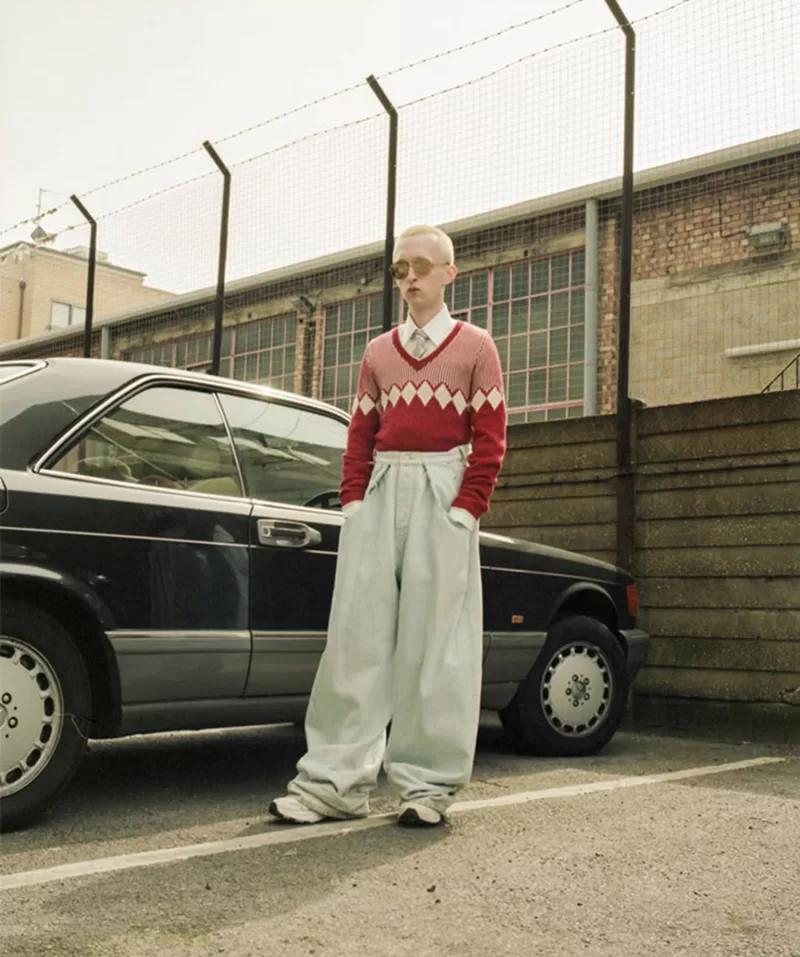
Oh yeah, unheard of. Can you tell me a little bit about the characters?
So for this collection we were really looking at blue collar/white collar workers; bankers, hedge fund managers, estate agents, bus drivers, security guards. You know, really male archetypal jobs and then we were subverting those ideas of the ‘maleness’ if you will in those outfits and uniforms.
Where did that idea come from to explore those characters?
I don’t know, it’s difficult to pinpoint. It just sort of evolves as you’re doing your research. This story emerges out of the pictures you collect. I definitely don’t start with that idea at the beginning, you’re sort of dictated to by the tone of your research.
I want to change the conversation to your wider starting points and inspirations. You’re incredibly knowledgeable about art and music which gives your work a lot of depth. You’ve spoken before about your teenage years going out raving, which actually informed your AW14 collection. Can you tell me why music is so important and focal to each collection?
Just because it’s really important to me as a person, I’ve really put myself in the designs. All of my collections are quite personal, as in they’re connected to me. I got interested in fashion through music so they’ve always been inseparable, they’re the best bedfellows. It’s just always a really important part of my thinking process, my designing process, I won’t necessarily have it on my board, but I’ll be playing music as I’m looking at my board and it just sneaks in.

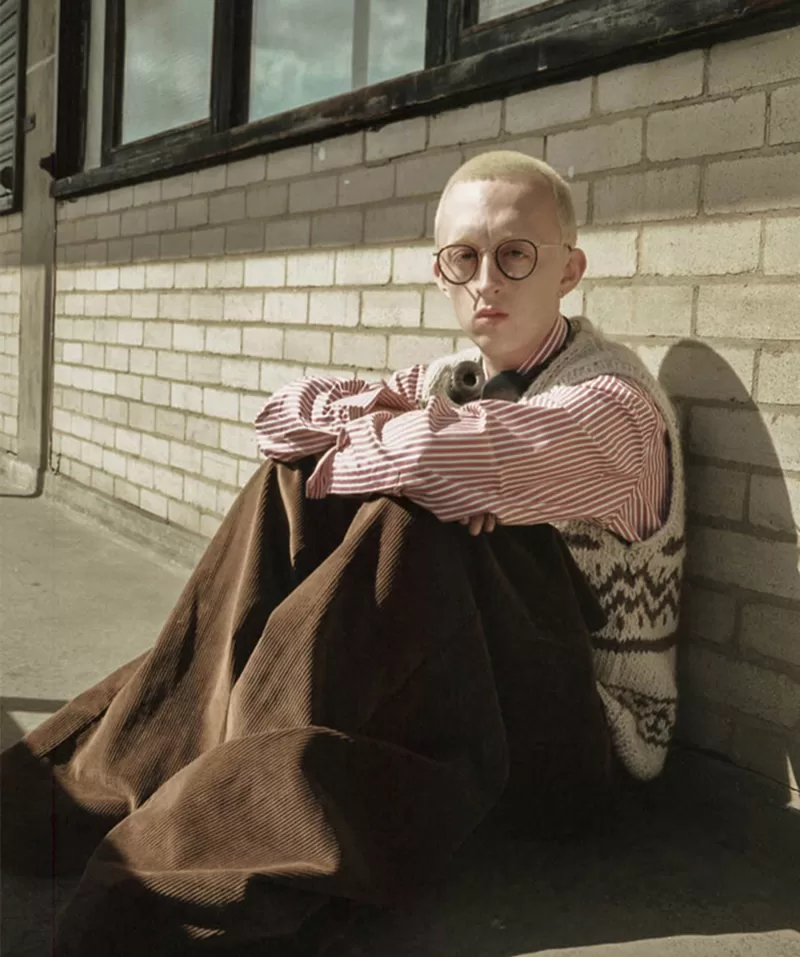
Was there a performance element to getting dressed up and going raving?
Oh yeah, absolutely.
What would you wear when you were going out?
It depends. First and foremost, before my teenage years music was really important, you know growing up in a Jamaican household music has always been present, and I used to watch other family members get dressed and it sort of playing a role in their identity and their sense of community. Further on when I started going out, I was really into dance music; it was jungle rave and techno rave, it would be very small clothes actually! My sister is 15 years older than me and she was obsessed with Jean Paul Gauliter, Katharine Hamnett and Pam Hogg; she was really ahead of her time in terms of what she wore, a real trailblazer and she kept loads of her stuff, a load of Bodymap so I actually nicked a lot of her stuff to wear.
Where were you going out clubbing?
Velvet Room, Strawberry Sundays, Twice as Nice, World Dance, so many places.
I’d also love to know which artists have inspired, challenged and pushed the idea of performance in your work?
Cindy Sherman springs to mind, as she’s the most recent artist I’ve worked with for SS17 – her Bus Rider series. So many, Mark E. Smith played a really key role as well as Robert Mapplethorpe in AW16, so many I could go on and on.
And how have your collaborators played into creating the Martine Rose world? Tell me about your relationships with your many collaborators; Lord Tusk, Tamara Rothstein, Ligne Roset.
My in-house collaborators are just people that I love really. They tend to be people have been in my world for a long time, Sharna Osborne, Tamara Rothstein, I mean me and Tamara have been friends since we were 18. Max Pearmain I’ve worked with since the start of my label. You know I tend to have really strong personal relationships that comes from this deep respect of their work and that is sort of how I base my commercial collaborations as well I guess, I have to feel really strongly that we’re on the same wave length otherwise it’s not going to work I’ve found anyway. They all become actually really important figures in the Martine Rose world, they become sort of friends I guess in a way, I know that sounds bizarre.

I’ve heard you’re interested in creating a lifestyle brand in the future. If so, what would it look like?
I get a bit freaked out with the term ‘lifestyle brand’ because it’s so pretentious, do you know what I mean? It just has such sort of middle class tones about it, I guess it would just be really working with an extended group of great collaborators that are inspiring, that have great integrity, and the same sort of vision and creating a world I guess that is not inaccessible, but accessible on various levels. I guess that’s what a lifestyle brand is, collaborating, you just collaborate with furniture designers, interior designers, gardeners, musicians.
As it happens now it’s one of the shows that people remember the most, that is most spoken about and in fact has come to define my label to some degree, but at the time traumatic isn’t even the word, it was a nightmare
So going forward, in terms of showing, do you think you’ll be mixing up each season – showing via runway, lookbooks etc., or something entirely different?
Yeah, definitely. I definitely won’t sticking to one format, it will still be dictated to by the collections what’s right and what resonates most.
Do you think you’ll also continue working at a more considered, slower pace?
I guess it’s inevitable. I don’t want to work like the clappers. Don’t get me wrong I love my job, I love working with loads of different people and I love being super busy, but no of course the plan will be that it sort of functions without me. I’m just about to have my second child so that will definitely dictate the pace to a degree.
One final question to mull over, you’ve been called a non-conformist or an anti-establishmentarian, what do you make of that?
Massively flattering. If people are referring to me like that I’m amongst greats; Rei Kawakubo, Vivienne Westwood, you know women specifically that I hugely admire, so it’s a huge complement!
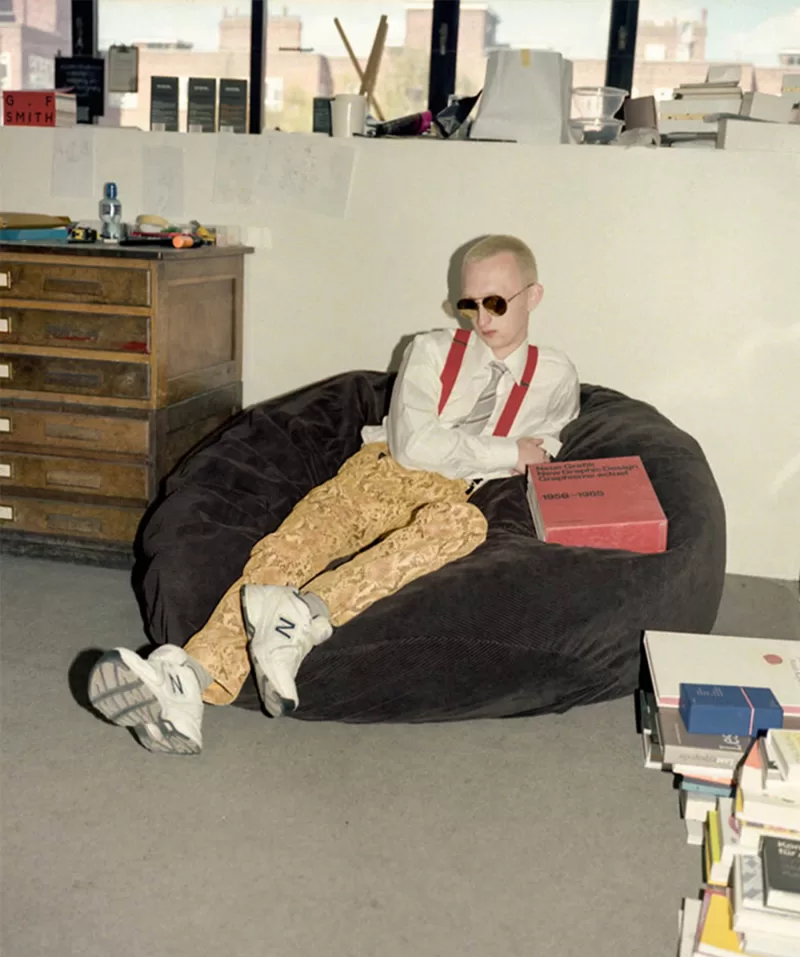
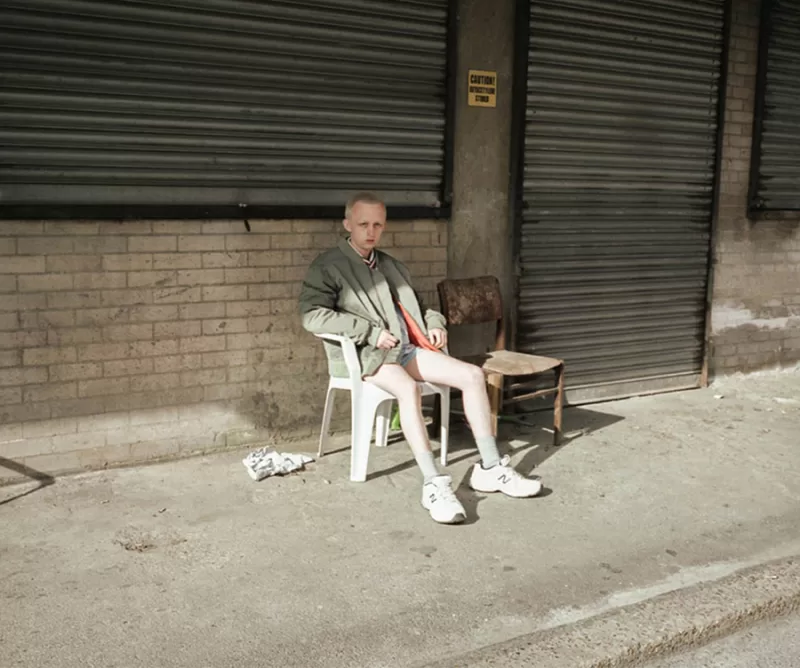
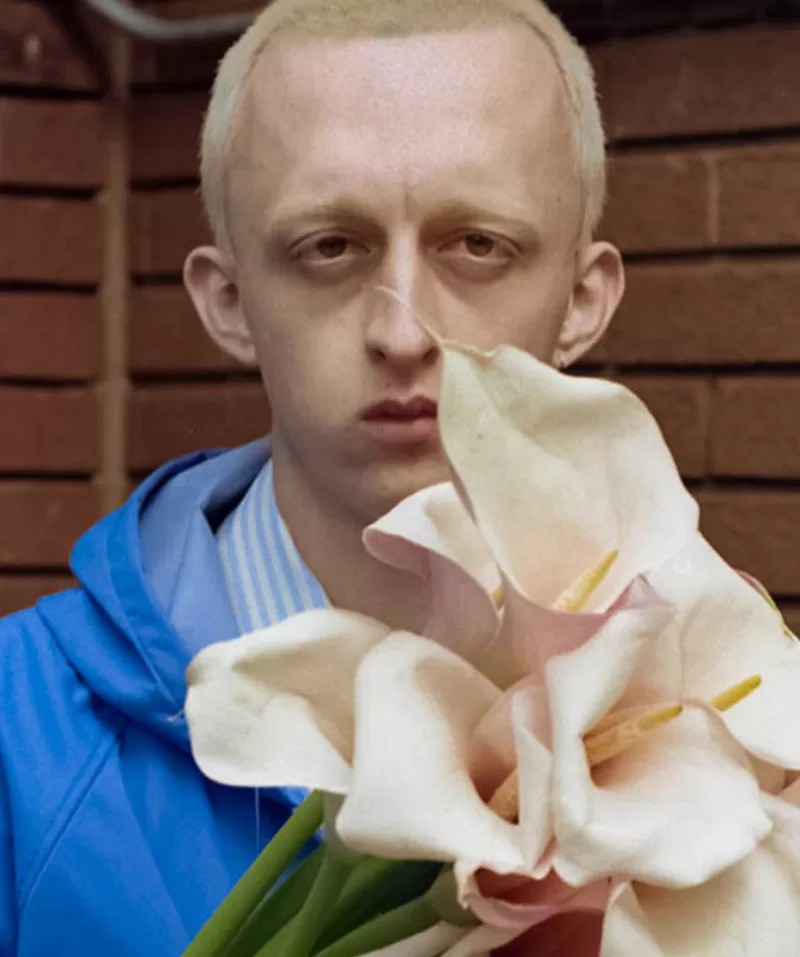
Photographer: Lucy Alex Mac
Stylist: Shirley Amartey
Stylist Assistant: Katarina Silva
Model: Arthur Comely @ Nii Agency
